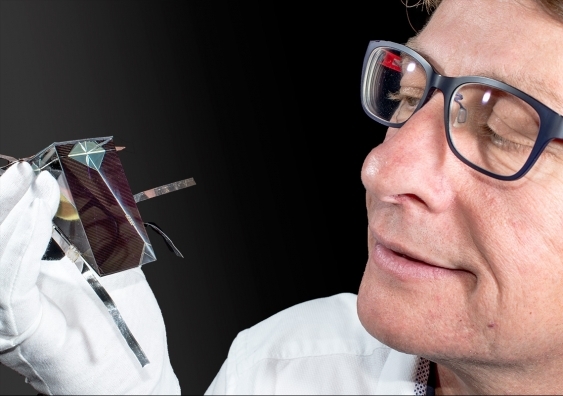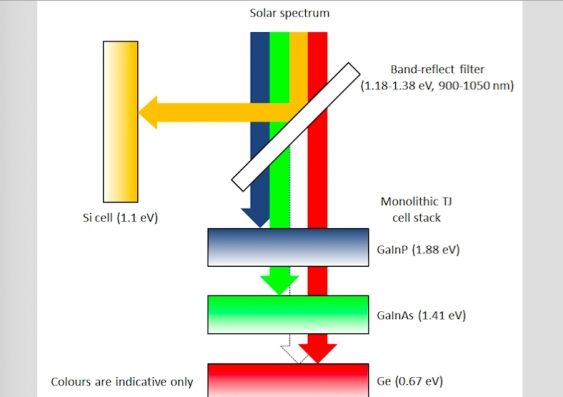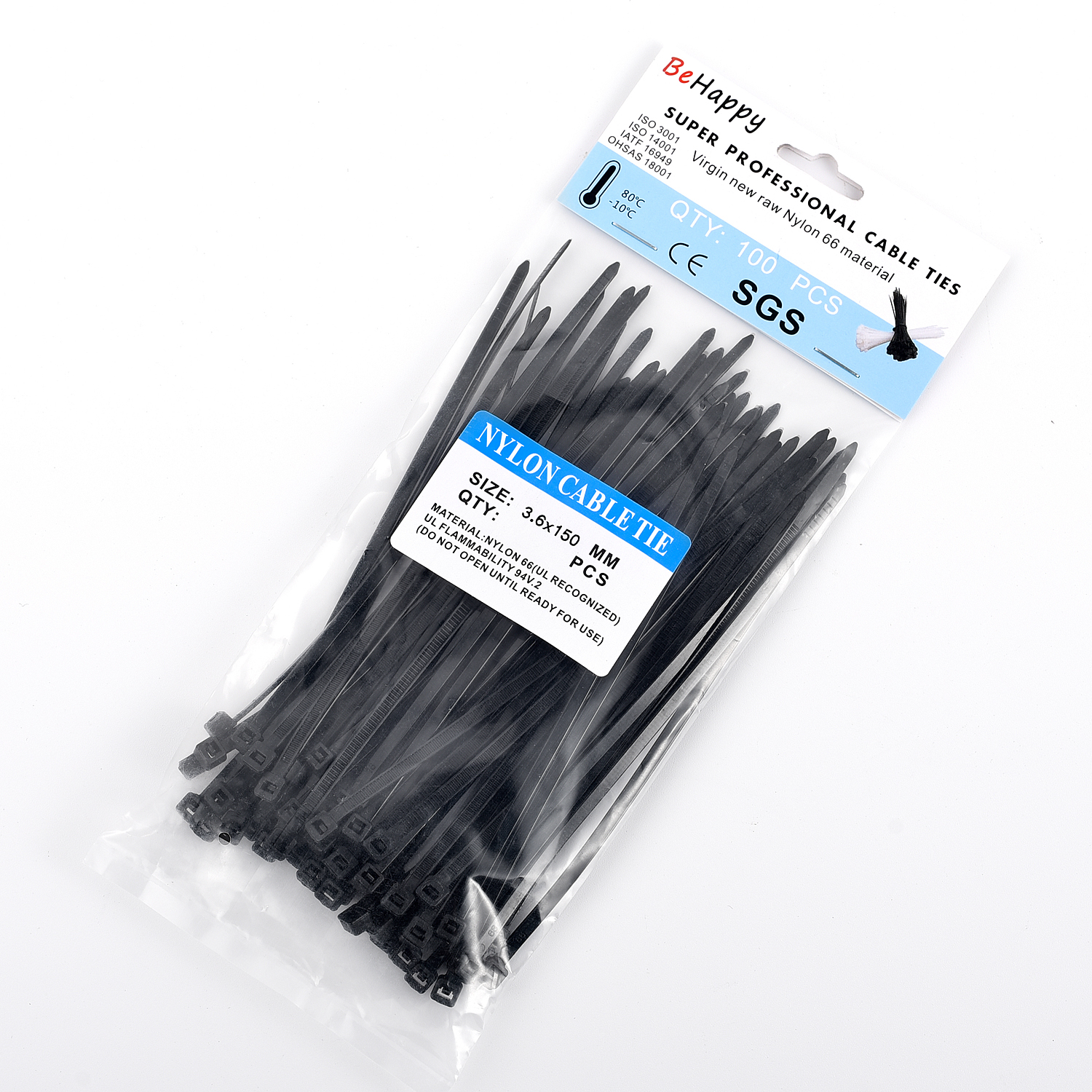Researchers at the University of New South Wales (UNSW) in Australia once again broke the energy efficiency record of photovoltaic cells and raised solar conversion efficiency to a staggering 34.5%. Previously, Alta Devices in the United States had set a record of 24% conversion rate, but the new equipment created by Mark Keevers and Martin Green, senior researchers at the Advanced Solar Optics Centre of Australia, had improved performance a lot. In 2014, they used mirrors to concentrate light and set the conversion rate at more than 40%. This time, however, the new device did not “cheat,†but it was achieved under normal lighting conditions. Keevers stated in a statement: "This encouraging result shows that our research in photovoltaic power generation is still progressing and can make solar cells more efficient." “By converting each beam of light into as much energy as possible, it is extremely important to reduce the cost of solar power generation because it reduces the investment needed and the return is faster.†The new device is a combination of four mini-modules embedded in a prism (28cm2 in size). When the sun shines on the prism, it is split into four quadruple input receivers, increasing the amount of energy available from the sun. On one side of the glass prism is a silicon cell; on the other side is a triple-junction solar cell. This type of solar cell has three layers, each corresponding to different light waves, which can make the most efficient use of light energy, and the remaining light energy will be transmitted to the next layer, and the final infrared light wave will be screened and bounced back to the silicon photocell. Unfortunately, due to the complexity of the structure and the high cost of mass production, the current prototype device is not suitable for large-scale application on the roof, but the team is trying to reduce its complexity. At the same time, researchers plan to expand the scale of the device even more. For example, Alta Devices' photovoltaic cells have an area of ​​800cm2. If UNSW’s new installation can also reach this scale, it is expected to further reduce the marginal loss. Green said: “The industry has not been able to achieve this level of efficiency for many years, and a recent study by Agora Energiewende in Germany also believes that by 2050 it will be possible to achieve a 35% efficiency of non-focus solar collection modules and go into home applications†.
Cable tie is used to tie things together. According to the material, it can be divided into nylon cable ties, stainless steel cable ties, plastic-sprayed stainless steel cable ties, etc.; according to the function, it can also be divided into ordinary cable ties, retractable cable ties, label cable ties, heavy tension cable tie, etc. The cable tie is made of UL-approved nylon 66 material with a fire rating of 94V-2. It has the characteristics of acid resistance, corrosion resistance, good insulation, resistance to aging, light weight, safety, non-toxicity, and strong durability. Operating temperature is minus 40 to 90 degrees.
Cable Tie,Nylon Cable Tie,Plastic Cable Tie,Pound Zip Cable Ties Behappy Crafts (suzhou)Co.,Ltd , https://www.haoyuebehappy.com
UNSW's Mark Keevers showed off his device. 
Work diagram of the new device. 

